Spark Plasma Sintering (SPS): Revolutionizing Materials Densification for Advanced Applications
Spark Plasma Sintering (SPS) is a powder metallurgy technique used for the consolidation and densification of materials, particularly ceramics and powders. It is an advanced sintering method that applies both pressure and pulsed direct current (DC) or radio-frequency (RF) heating to achieve rapid and efficient densification of materials. The technique is also known as Field-Assisted Sintering Technique (FAST).
The process typically involves the following steps:
- Powder Preparation: Fine powders of the material to be sintered are prepared.
- Die Filling: The powder is placed in a die of the desired shape and size.
- Application of Pressure and Electrical Field: A pulsed direct current or radio-frequency field is applied to the powder, while simultaneous pressure is exerted. The combination of electrical and mechanical effects facilitates rapid sintering.
- Heating: The electrical field generates heat in the powder particles, leading to localized heating and promoting sintering.
- Densification: The simultaneous application of pressure and heat results in rapid and uniform densification of the material.
Spark Plasma Sintering (SPS) machines consist of a sintering chamber, a graphite die, and electrodes to apply pressure and electrical field. The pulsed DC or RF power supply controls the temperature and ensures uniform heating.
Applications of Spark Plasma Sintering include:
- Ceramic and Metal Matrix Composites: SPS is used to produce advanced materials with improved mechanical, thermal, and electrical properties.
- Tool Materials: SPS is employed in the manufacturing of cutting tools, dies, and other wear-resistant materials.
- Biomedical Implants: SPS is used to fabricate biocompatible materials for medical implants with enhanced mechanical properties.
- Superhard Materials: SPS is applied to produce superhard materials like diamond and cubic boron nitride.
- Functional Materials: It is used for the synthesis of materials with unique functional properties, such as thermoelectric materials for energy conversion.
The advantages of Spark Plasma Sintering include rapid processing, lower sintering temperatures, enhanced material properties, and the ability to produce complex shapes. However, the specific applications may vary depending on the type of material being processed and the desired properties of the final product.
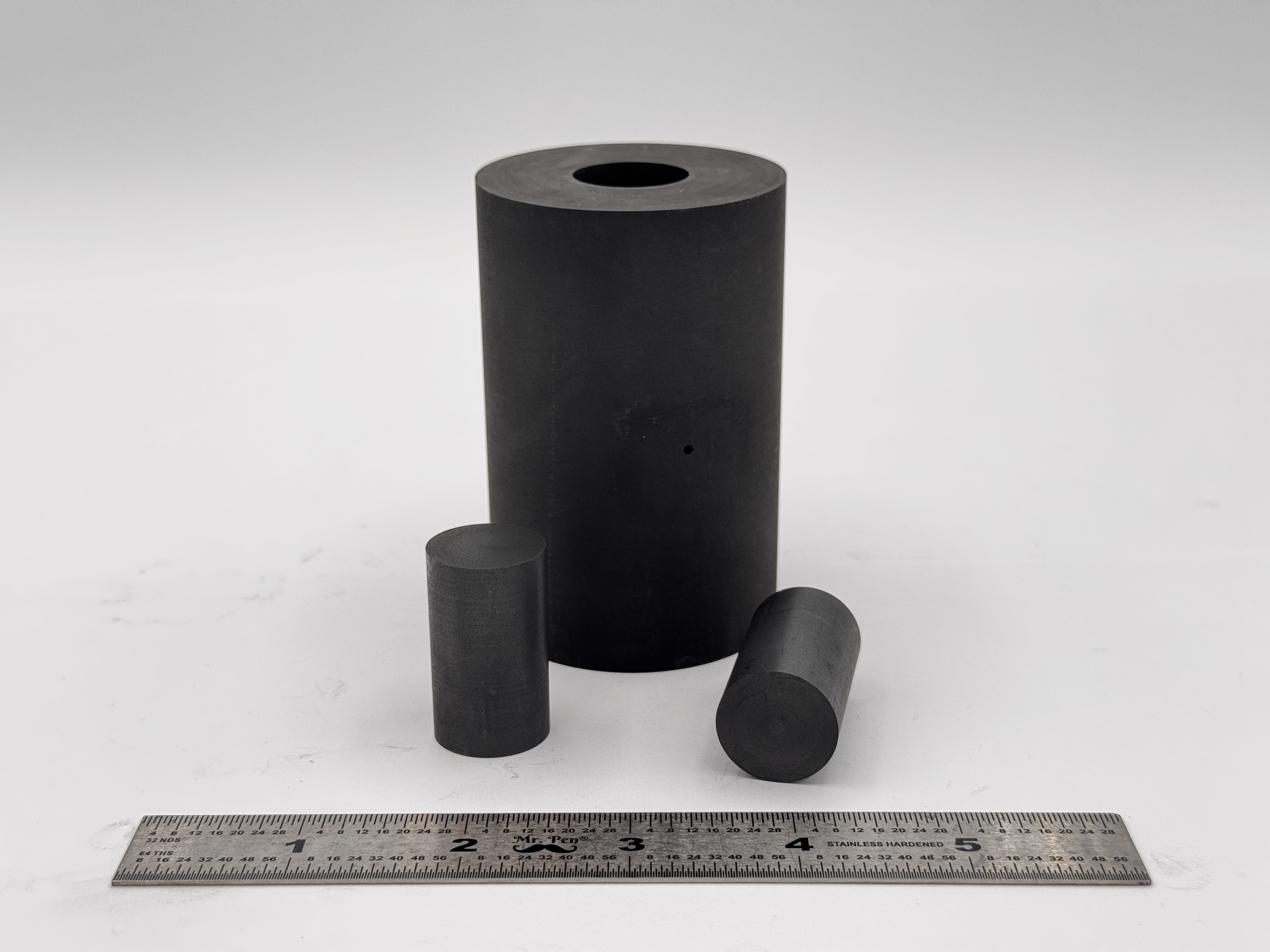 High Strength SPS Graphite Tooling
High Strength SPS Graphite Tooling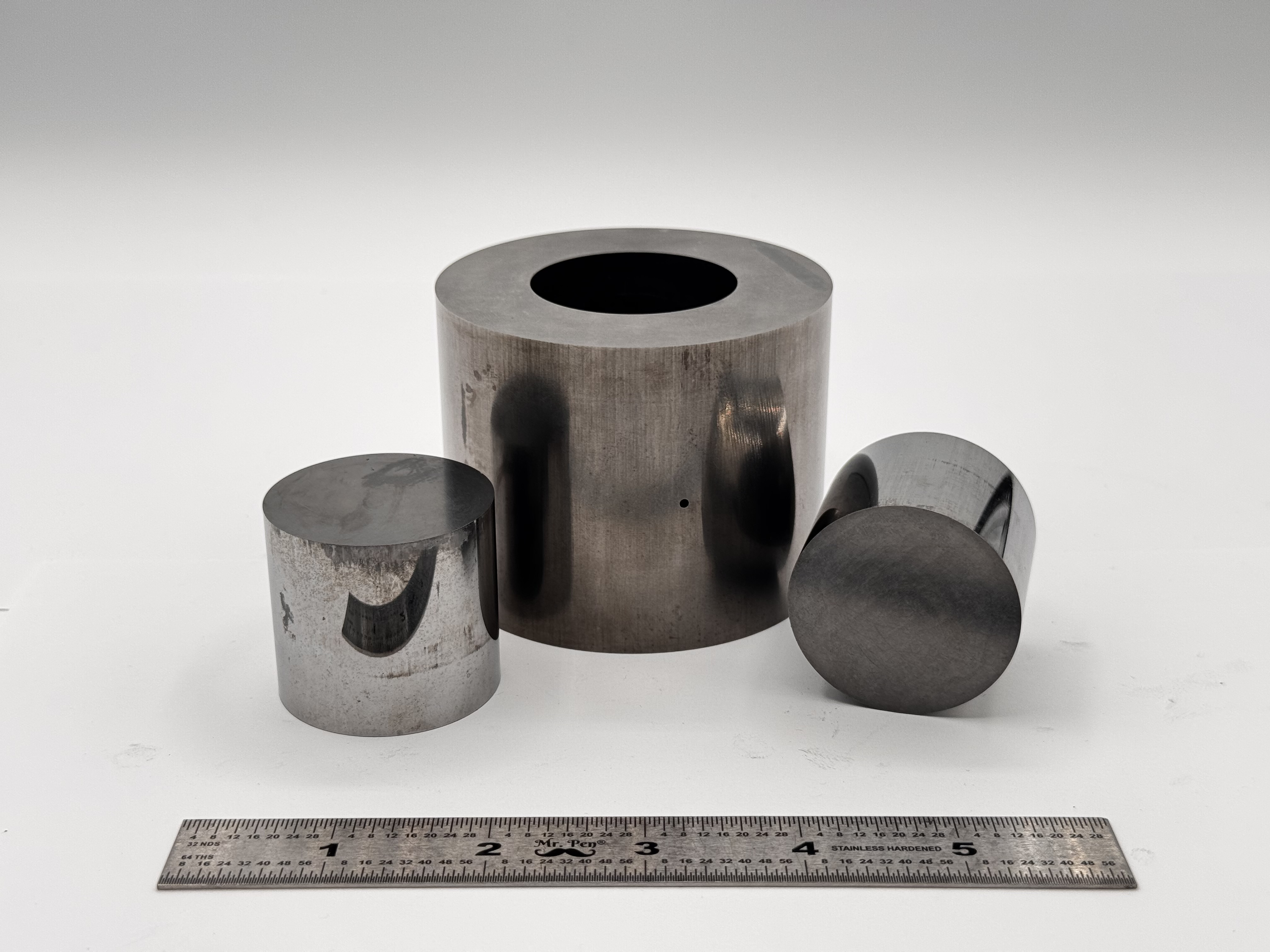 Tungsten Carbide Tooling
Tungsten Carbide Tooling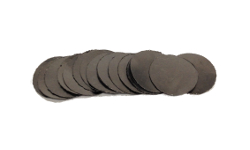 Carbon Graphite Foil / Paper
Carbon Graphite Foil / Paper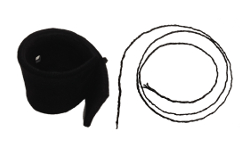 Carbon Felt and Yarn
Carbon Felt and Yarn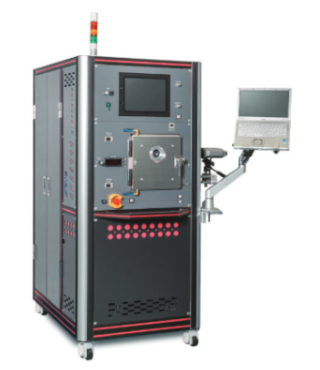 Spark Plasma Sintering Systems
Spark Plasma Sintering Systems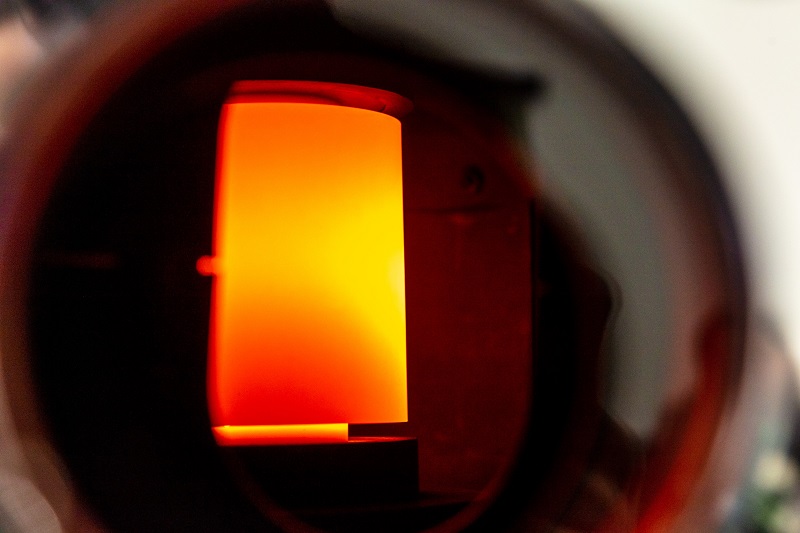 SPS/FAST Modeling Software
SPS/FAST Modeling Software